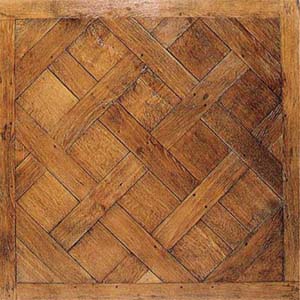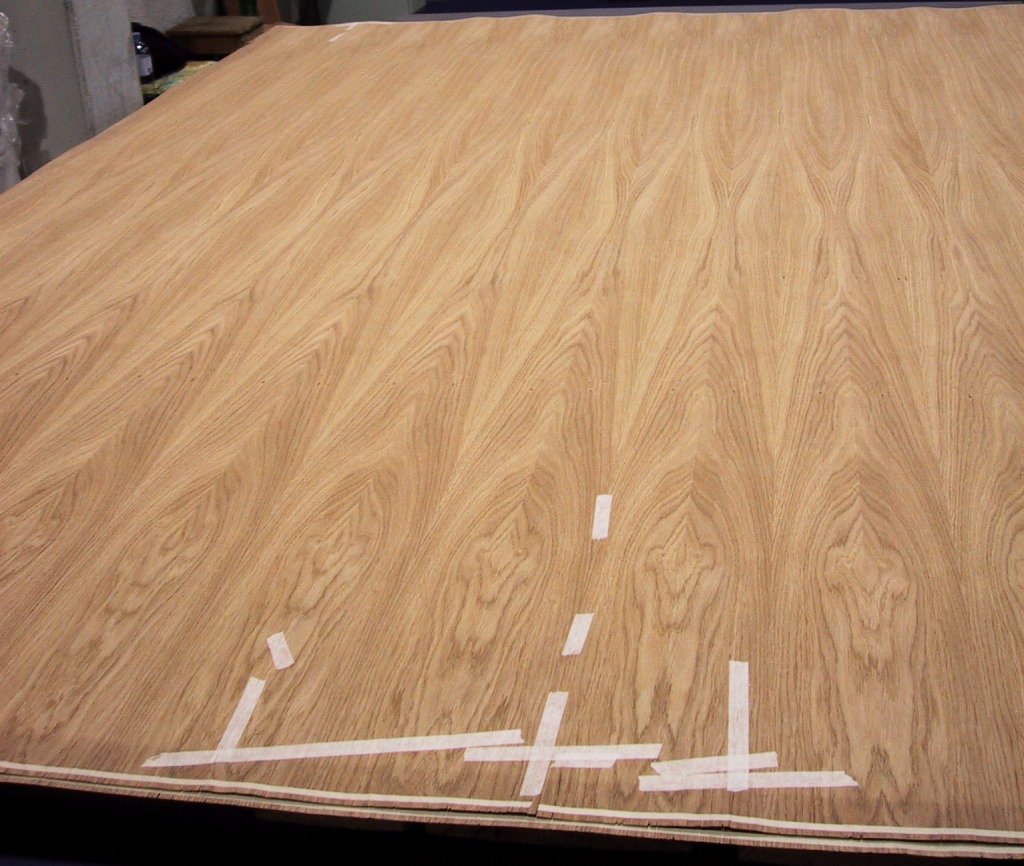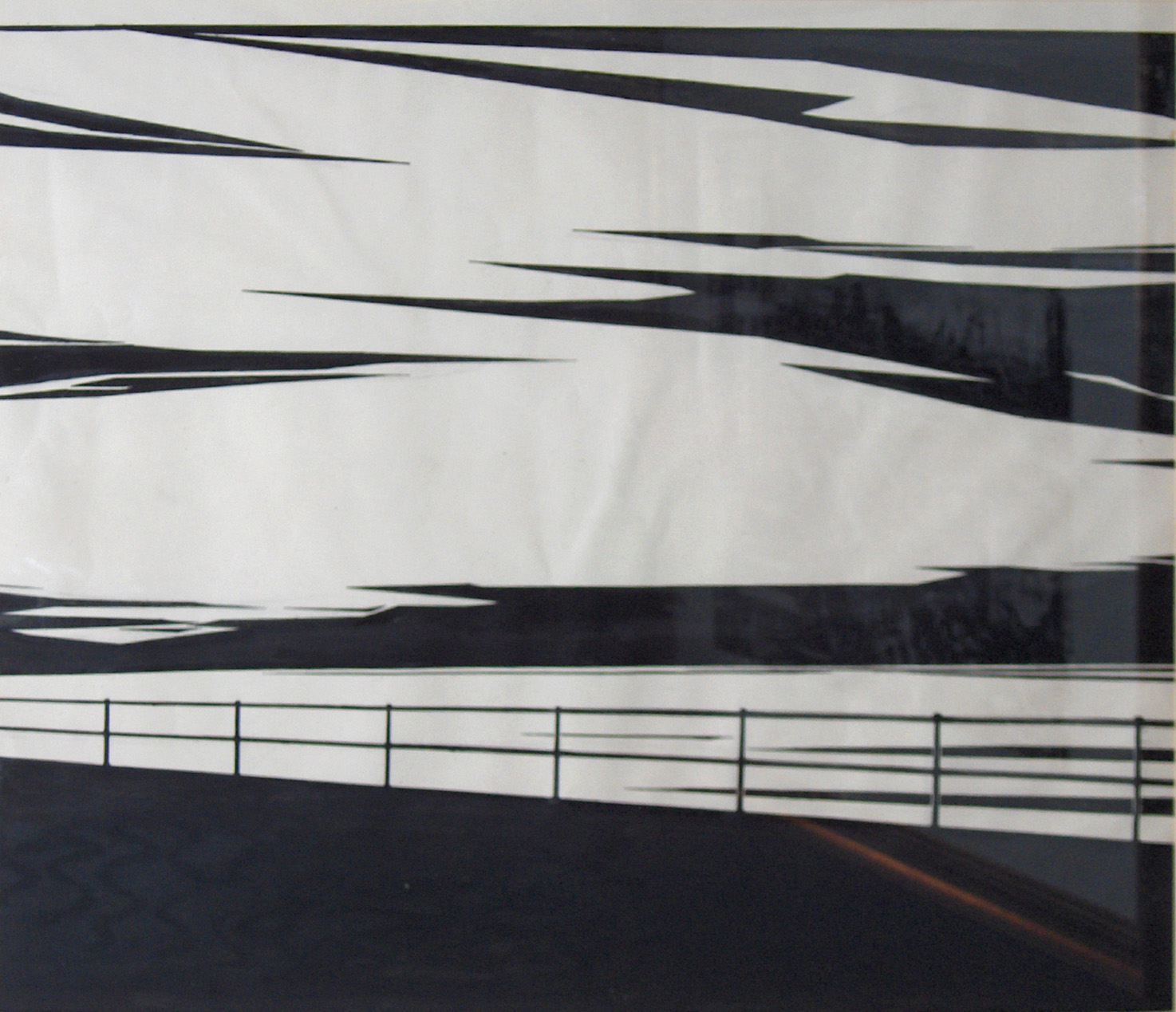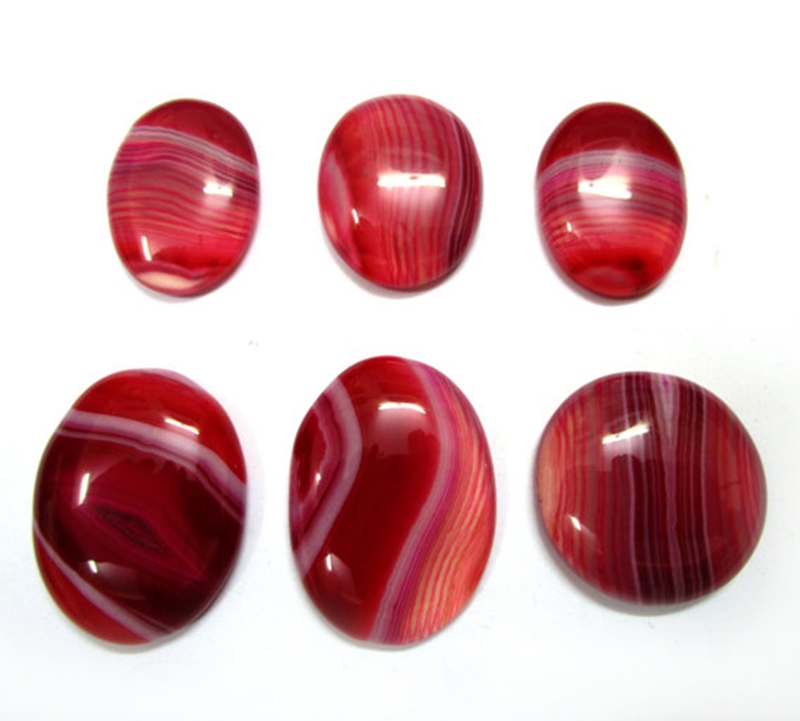|
Marquetry
Marquetry (also spelled as marqueterie; from the French ''marqueter'', to variegate) is the art and craft of applying pieces of wood veneer, veneer to a structure to form decorative patterns or designs. The technique may be applied to case furniture or even seat furniture, to decorative small objects with smooth, veneerable surfaces or to freestanding pictorial panels appreciated in their own right. Marquetry differs from the more ancient craft of inlay, or intarsia, in which a solid body of one material is cut out to receive sections of another to form the surface pattern. The word derives from a Middle French word meaning "inlaid work". Materials The veneers used are primarily woods, but may include bone, ivory, turtle-shell (conventionally called "Tortoiseshell material, tortoiseshell"), mother-of-pearl, pewter, brass or fine metals. Marquetry using colored Straw marquetry, straw was a specialty of some European spa resorts from the end of the 18th century. Many exotic wo ... [...More Info...] [...Related Items...] OR: [Wikipedia] [Google] [Baidu] [Amazon] |
André-Charles Boulle
André-Charles Boulle (11 November 164229 February 1732), ''le joailler du meuble'' (the "furniture jeweller"), became the most famous French Cabinet making, cabinetmaker and the preeminent artist in the field of marquetry, also known as "inlay". Boulle was "the most remarkable of all French cabinetmakers". Jean-Baptiste Colbert (29 August 1619 – 6 September 1683) recommended him to Louis XIV of France, the "Sun King" (), as "the most skilled craftsman in his profession". Over the centuries since his death, his name and that of his family has become associated with the art he perfected, the inlay of tortoiseshell, brass and pewter into ebony. It has become known as Boulle work, and the École Boulle (founded in 1886), a college of fine arts and crafts and applied arts in Paris, continues today to bear testimony to his enduring art, the art of inlay. Life in 1677, on his marriage certificate, André-Charles Boulle gave his birth date, for posterity, as being 11 November 1642. ... [...More Info...] [...Related Items...] OR: [Wikipedia] [Google] [Baidu] [Amazon] |
Straw Marquetry
Straw marquetry is a craft very similar to that of wood marquetry, except that straw replaces the wood veneer. It is thought to have first been practised in the East; examples were brought to England in the 17th century. To mimic the varying shades of wood veneer, wheat or oat straw has to be split, then soaked in cold, warm, or hot water. The strips are then ironed, and there will be a variety of tones from pale gold to deepest dark brown. There are accounts of nuns in France and Switzerland making a variety of items using straw marquetry. The most famous straw marquetry was practised by prisoners of war from the Napoleonic wars. Dartmoor and other prisons had been built for them; the prison most famous for straw marquetry was Norman Cross, Huntingdon. Easter eggs are decorated with straw applique, especially in Eastern European countries. Geometric shapes, stars and flower motifs are the most common themes. There is a slight difference in the way the straw is prepared, ho ... [...More Info...] [...Related Items...] OR: [Wikipedia] [Google] [Baidu] [Amazon] |
Intarsia
Intarsia is a form of wood inlaying that is similar to marquetry. The practice dates from before the seventh century AD. The technique inserts sections of wood (at times with contrasting ivory or bone, or mother-of-pearl) within the solid wood matrix of floors and walls or of tabletops and other furniture; by contrast marquetry assembles a pattern out of veneers glued upon the carcass. '' Certosina'' is a variant also using pieces of ivory, bone or mother of pearl. Intarsia is mostly used of Italian, or at least European work. Similar techniques are found over much of Asia and the Middle East. The word is from the Italian, derived from Arabic. History When Egypt came under Arab rule in the seventh century, indigenous arts of intarsia and wood inlay, which lent themselves to non-representational decors and tiling patterns, spread throughout the Maghreb. The technique of intarsia was already perfected in Islamic North Africa before it was introduced into Christian Europe ... [...More Info...] [...Related Items...] OR: [Wikipedia] [Google] [Baidu] [Amazon] |
Inlay
Inlay covers a range of techniques in sculpture and the decorative arts for inserting pieces of contrasting, often colored materials into depressions in a base object to form Ornament (art), ornament or pictures that normally are flush with the matrix. A great range of materials have been used both for the base or matrix and for the inlays inserted into it. Inlay is commonly used in the production of decorative furniture, where pieces of colored wood, precious metals or even diamonds are inserted into the surface of the carcass using various matrices including clear coats and varnishes. Inlay (guitar), Lutherie inlays are frequently used as decoration and marking on musical instruments, particularly the smaller String instrument, strings. Perhaps the most famous example of furniture inlay is that of André-Charles Boulle (1642–1732) which is known as Boulle work and evolved in part from inlay produced in Italy during the late 15th century at the ''studiolo'' for Federico da ... [...More Info...] [...Related Items...] OR: [Wikipedia] [Google] [Baidu] [Amazon] |
Pietra Dura
''Pietra dura'' (), ''pietre dure'' () or intarsia lapidary ( see below), called ''parchin kari'' or ''parchinkari'' () in the Indian subcontinent, is a term for the inlay technique of using cut and fitted, highly polished colored stones to create images. It is considered a decorative art. The stonework, after the work is assembled loosely, is glued stone-by-stone to a substrate after having previously been "sliced and cut in different shape sections, and then assembled together so precisely that the contact between each section was practically invisible". Stability was achieved by grooving the undersides of the stones so that they interlocked, rather like a jigsaw puzzle, with everything held tautly in place by an encircling 'frame'. Many different colored stones, particularly marbles, were used, along with semiprecious, and even precious stones. It first appeared in Rome in the 16th century, reaching its full maturity in Florence. ''Pietra dura'' items are generally crafted ... [...More Info...] [...Related Items...] OR: [Wikipedia] [Google] [Baidu] [Amazon] |
Tortoiseshell
Tortoiseshell or tortoise shell is a material produced from the shells of the larger species of tortoise and turtle, mainly the hawksbill sea turtle, which is a critically endangered species according to the IUCN Red List largely because of its exploitation for this trade. The large size, fine color, and unusual form of the hawksbill's scutes make it especially suitable. The distinctive patterning is referred to in names such as the tortoiseshell cat, several breeds of guinea pig, and the common names of several species of the butterfly genera '' Nymphalis'' and '' Aglais'', and some other uses. Uses Tortoiseshell was widely used from ancient times in the North and in Asia, until the trade was banned in 2014. It was used, normally in thin slices or pieces, in the manufacture of a wide variety of items such as combs, small boxes and frames, inlays in furniture (known as Boulle work carried out by André-Charles Boulle), and other items: frames for spectacles, guitar picks and ... [...More Info...] [...Related Items...] OR: [Wikipedia] [Google] [Baidu] [Amazon] |
Parquetry
Parquet (; French for "a small compartment") is a geometric mosaic of wood pieces used for decorative effect in flooring. Parquet patterns are often entirely geometrical and angular—squares, triangles, Lozenge (shape), lozenges—but may contain curves. The most popular parquet flooring pattern is herringbone pattern, herringbone. Etymology The word derives from the Old French ''parchet'' (the diminutive of ''parc''), literally meaning "''a small enclosed space''". History Large diagonal squares known as ''parquet de Palace of Versailles, Versailles'' were introduced in 1684 as ''parquet de menuiserie'' ("woodwork parquet") to replace the marble flooring that required constant washing, which tended to rot the joists beneath the floors. Such ''parquets en losange'' were noted by the Swedish architect Daniel Cronström at Versailles and at the Grand Trianon in 1693. Materials Woods contrasting in color and grain, such as oak, walnut, cherry, tilia, lime, pine, maple etc. ... [...More Info...] [...Related Items...] OR: [Wikipedia] [Google] [Baidu] [Amazon] |
Wood Veneer
Veneer refers to thin slices of wood and sometimes bark that typically are glued onto core panels (typically, wood, particle board or medium-density fiberboard) to produce flat panels such as doors, tops and panels for cabinets, parquet floors and parts of furniture. They are also used in marquetry. Unlike laminates, no two veneer sheets look the same. Plywood consists of three or more layers of veneer. Normally, each is glued with its grain at right angles to adjacent layers for strength. Veneer beading is a thin layer of decorative edging placed around objects, such as jewelry boxes. Veneer is also used to replace decorative papers in wood veneer high pressure laminate. Background Veneering dates back to at least the ancient Egyptians who used expensive and rare wood veneers over cheaper timbers to produce their furniture and sarcophagi. During the Roman Empire, Romans also used veneered work in mass quantities. Production Veneer is obtained either by "peeling ... [...More Info...] [...Related Items...] OR: [Wikipedia] [Google] [Baidu] [Amazon] |
Tortoiseshell Material
Tortoiseshell or tortoise shell is a material produced from the shells of the larger species of tortoise and turtle, mainly the hawksbill sea turtle, which is a critically endangered species according to the IUCN Red List largely because of its exploitation for this trade. The large size, fine color, and unusual form of the hawksbill's scutes make it especially suitable. The distinctive patterning is referred to in names such as the tortoiseshell cat, several breeds of guinea pig, and the common names of several species of the butterfly genera '' Nymphalis'' and '' Aglais'', and some other uses. Uses Tortoiseshell was widely used from ancient times in the North and in Asia, until the trade was banned in 2014. It was used, normally in thin slices or pieces, in the manufacture of a wide variety of items such as combs, small boxes and frames, inlays in furniture (known as Boulle work carried out by André-Charles Boulle), and other items: frames for spectacles, guitar picks and k ... [...More Info...] [...Related Items...] OR: [Wikipedia] [Google] [Baidu] [Amazon] |
India Ink
India ink (British English: Indian ink; also Chinese ink) is a simple black or coloured ink once widely used for writing and printing and now more commonly used for drawing and outlining, especially when inking comic books and comic strips. India ink is also used in medical applications. Compared to other inks, such as the iron gall ink previously common in Europe, India ink is noted for its deep, rich black color. It is commonly applied with a paintbrush (such as an ink brush) or a dip pen. In East Asian traditions such as ink wash painting and Chinese calligraphy, India ink is commonly used in a solid form called an inkstick. Composition Basic India ink is composed of a variety of fine soot, known as ''lampblack'', combined with water to form a liquid. No binder material is necessary: the carbon molecules are in colloidal suspension and form a waterproof layer after drying. A binding agent such as gelatin or, more commonly, shellac may be added to make the ink more durable ... [...More Info...] [...Related Items...] OR: [Wikipedia] [Google] [Baidu] [Amazon] |
Onyx
Onyx is a typically black-and-white banded variety of agate, a silicate mineral. The bands can also be monochromatic with alternating light and dark bands. ''Sardonyx'' is a variety with red to brown bands alternated with black or white bands. The name "onyx" is also frequently used for level-banded (parallel-banded) agates, but in proper usage it refers to color pattern not band structure. Onyx, as a descriptive term, has also been incorrectly applied to parallel-banded varieties of alabaster, marble, calcite, obsidian, and opal, and misleadingly to materials with contorted banding, such as "cave onyx" and "Mexican onyx". Etymology ''Onyx'' comes through Latin (of the same spelling), from the Ancient Greek (), meaning or . Onyx with pink and white bands can sometimes resemble a fingernail. The English word "nail" is cognate with the Greek word. Varieties Onyx is formed of chalcedony bands in alternating colors. It is cryptocrystalline, consisting of fine intergrowths o ... [...More Info...] [...Related Items...] OR: [Wikipedia] [Google] [Baidu] [Amazon] |
Craft
A craft or trade is a pastime or an occupation that requires particular skills and knowledge of skilled work. In a historical sense, particularly the Middle Ages and earlier, the term is usually applied to people occupied in small scale production of goods, or their maintenance, for example by tinkers. The traditional term ''craftsman'' is nowadays often replaced by ''artisan'' and by '' craftsperson''. Historically, the more specialized crafts with high-value products tended to concentrate in urban centers and their practitioners formed guilds. The skill required by their professions and the need to be permanently involved in the exchange of goods often demanded a higher level of education, and craftspeople were usually in a more privileged position than the peasantry in societal hierarchy. The households of artisans were not as self-sufficient as those of people engaged in agricultural work, and therefore had to rely on the exchange of goods. Some crafts, especially ... [...More Info...] [...Related Items...] OR: [Wikipedia] [Google] [Baidu] [Amazon] |







